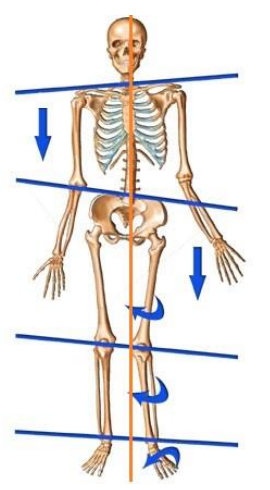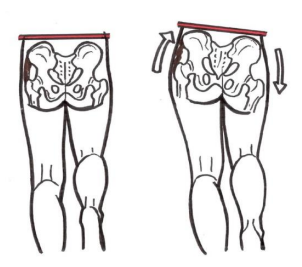Post-Polio Back Pain
Question: I'm 70 years old. I contacted Polio in 1948 (when I was 3). I had 2 long stays at Warm Springs in Georgia. I went to the Shephard Center in Atlanta for many years and they helped me until the clinic shut down. Currently, I just see a regular medical Doctor. I'm in constant back pain and my shoulder pain hurts so much I can't sleep at night. All the doctor will supply is Tramadol and it does not help at all. Why is it so hard to get pain medicine that will help me? Please help.
Dr. DeMayo’s Reply: Lack of access to a designated post-polio clinic is obviously a problem of increasing frequency among polio survivors. At the same time, some issues such as low back pain and shoulder pain can often be treated by welltrained rehabilitation physicians or therapists. A good understanding of Biomechanics is the key. Biomechanics includes understanding of how the body moves, the stabilization of the skeleton by muscles, and the normal / abnormal forces transmitted through the body with activity. It is a central part of training for any rehabilitation physician or therapist. I have included a few graphics to provide an idea of how we look at biomechanical forces (my goal with the graphics is to just give you an appreciation of the concepts rather than detailed information on the issue).
A sports medicine physician or therapist will study the biomechanics of the shoulder intensely to help a pitcher improve his throw or rehabilitate from an injury. Similarly, in treating a polio survivor, attention to biomechanics (even without specific polio experience) can be much more effective than any pain medication. This is because most pain medications prevent transmission of pain signals rather than prevent the pain. As an example, Sacroiliac Dysfunction, Facet Arthritis, and Lumbar Spinal Stenosis are common causes of back pain in the general population and the biomechanics will be understood by any quality rehabilitation physician or therapist. These diagnoses are typically some of the most common in polio survivors due to the effects of leg length discrepancy, gait deviations, and asymmetrical muscular stabilization.
A physician or therapist who is not experienced with Polio may not initially recognize these biomechanical issues and so it is helpful for the polio survivor to point out “my left leg is shorter’, “my right hip is weaker than the left”, or “I have more (or less) back pain when I use my leg brace”. Bracing biomechanics can often be important and this is an area that some rehabilitation physicians or therapists get “rusty” if they don’t treat many patients that use braces. Despite this, they should be able to understand the issue IF they engage it.
With regard to shoulder pain, biomechanics is again a key issue. Rotator cuff tears/tendinitis, Impingement Syndrome, and Myofascial pain are all common in polio survivors with shoulder pain as well as in the general population. Because muscles are the key stabilizer of the shoulder, asymmetric weakness or over use of muscles can have significant biomechanical effects. Most rehabilitation physicians or therapists understand the biomechanics and can help polio survivors IF they engage the issue and are aware of the weakness or overuse.
While primary care physicians, orthopedic surgeons, and pain clinics have a role in managing chronic pain, polio survivors are likely best served initially by working with a rehabilitation physician or physical therapist because they are more likely to understand the underlying biomechanics. In an ideal situation, one would have a rehabilitation physician and therapist working together. Therapeutic exercise, education on biomechanics/pacing, physical modalities, and medications/procedures can all have a role in an individualized rehabilitation plan. A rehabilitation physician (Physiatrist) can be found at AAPMR.org. Given the broad diversity of populations served by Physiatrists, it would be appropriate to “shop” for specialist that will meet one’s individualized needs. Local Polio support groups can also be great place to hear about physicians willing to engage these issues. Most rehabilitation physicians will recommend specific therapists they refer to and regularly communicate with. Conversely, if you find a good therapist, ask what rehabilitation physician they would recommend.
Lastly, while shoulder pain is a common cause of lack of sleep, it is also important to understand that lack of deep sleep is an important factor perpetuating chronic pain. A comprehensive rehabilitation plan should also work on sleep as an independent factor.
Perhaps the most important thing for a patient to look for is a physician, who takes time with them, listens and “has the heart of the teacher”.
(Note: Graphics from commandfitness.com, eericdalton.com, fixyourrun.com, and pponline.co,uk)




